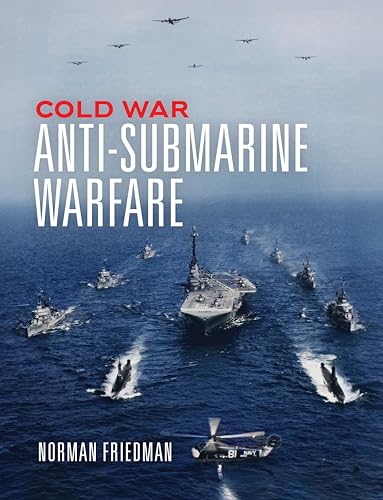
Super Nuke!
by Charles Cranston Jett
"A Memoir about Life as a Nuclear Submariner and the Contributions of a "super Nuke" -- the USS RAY (SSN653) Toward Winning the Cold War"
Popularity
3.21 / 5
* A book's popularity is determined by how it compares to all other books on this website.
Where to buy?
Buy from Amazon* If you buy this book through the link above, we may receive a small commission at no extra cost to you.
Super Nuke! by Charles Cranston Jett
Details
War:
Cold War
Perspective:
Submarines
Military Unit:
US Navy
True Story:
Yes
Biography:
Yes
Region:
North America
Page Count:
310
Published Date:
2016
ISBN13:
9781478766490
Description
Brief Summary
Super Nuke! by Charles Cranston Jett offers a captivating and detailed first-hand account of life within the nuclear fast attack submarine. The book is designed to inspire young readers to consider pursuing a career in the nuclear navy. Through a personal narrative lens, Jett explores the intense and secretive world of these submarines, providing insights into their operation and the critical roles they play.
Main Themes and Topics
The book delves into several prominent themes, including the high-stakes environment of nuclear submarines and the complex interplay of technology and human skill required to operate them. Jett emphasizes the significance of teamwork, discipline, and technical proficiency within this elite sphere. Another key topic is the somber responsibility carried by those who serve in the nuclear navy, highlighting both the risks and the profound sense of duty involved.
Writing Style and Tone
Charles Cranston Jett employs a straightforward and engaging style, making a potentially esoteric subject accessible to a broader audience. His narrative is both informational and personal, balancing technical descriptions with vivid anecdotes that bring the submarine world to life. The tone is one of admiration and respect for submarine crew members, underscoring their dedication and commitment.
Criticism
While Super Nuke! provides an excellent glimpse into the world of nuclear submarines, readers seeking an expansive historical or political analysis may find the book lacking in that regard. The focus is primarily on Jett's personal experiences and perspective, which, though deeply interesting, may not cover broader geopolitical contexts or the full history of nuclear submarine operations.









